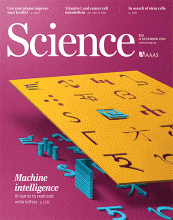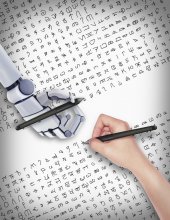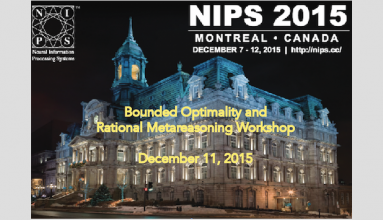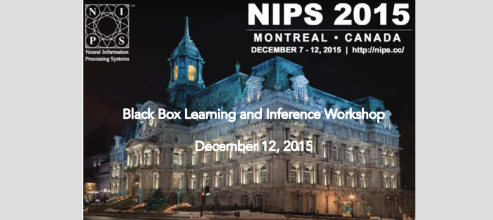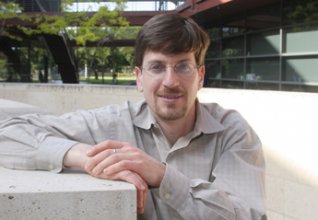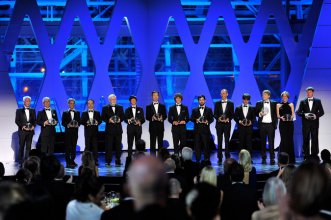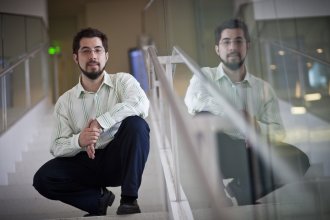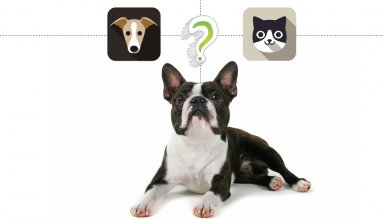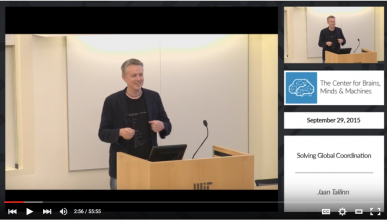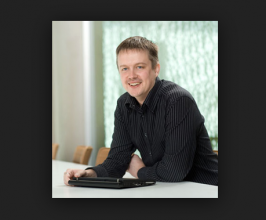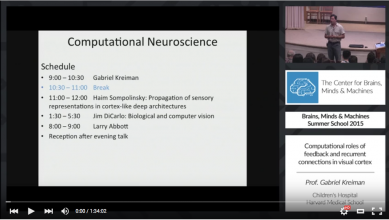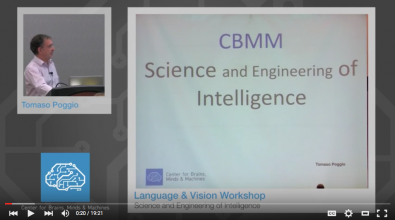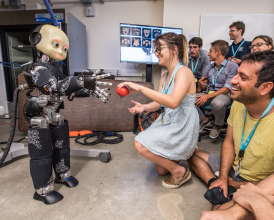Home Page Spotlights
"Human-level concept learning through probabilistic program induction" by Brenden M. Lake, Ruslan Salakhutdinov, and Joshua B. Tenenbaum has been published in the Dec. 11, 2015 issue of Science.
"For the first time we think we have a machine system that can learn a large class of visual concepts in ways that are hard to distinguish from human learners," said Joshua Tenenbaum
Prof. Sam Gershman (CBMM, Harvard) and Prof Noah Goodman (CBMM, Stanford) are helping organize this workshop. Abstract submission deadline: Oct. 28, 2015
Prof. Joshua Tenenbaum (CBMM Research Thrust Leader) and Tejas Kulkarni (CBMM Siemens Graduate Fellow) are helping to organize a workshop for NIPS 2015, the Workshop on "Black Box Learning and Inference". Abstract submission deadline: Oct. 2, 2015
Prof. Mark J. Schnitzer (Stanford) presented on Thursday Nov. 13 2015, in the Singleton Auditorium, MIT Bldg 46.
Prof Boyden was honored in recognition of his scientific research, specificaly for “transformative advances toward understanding living systems and extending human life.”
The award recognizes the outstanding achievements and contributions by a young neuroscientist who has recently received his or her advanced professional degree. The award will be presented during Neuroscience 2015, SfN’s annual meeting.
MIT news featured a new machine learning project by CBMM members and affiliates, including Charlie Fogner, Chiyuan Zhang, Tomaso Poggio, Hossein Mobahi, and Mauricio Araya-Polo.

Kavli Cortical Computation Workshop
The Kavli Foundation and CBMM are co-sponsoring this workshop, on Sep. 19-20, 2015, on the MIT campus. Attendance is by invitation only.
Watch Jaan Tallinn's CBMM Special Seminar talk " Solving Global Coordination," recorded on Sept. 9, 2015, in the Singleton Auditorium, MIT.
CBMM will host a brief talk by Jann Tallinn (followed by extensive QAs): Solving Global Coordination
This special topics course was held on the campus of the Marine Biological Laboratory (MBL) in Woods Hole, MA
Watch the Language and Vision Workshop session videoss from CVPR 2015 - Boston MA, recorded at the Hynes Convention Center on June 11, 2015.
We are in the midst of a revolution in machine intelligence, the engineering of getting computers to perform tasks that, until recently, could only be done by people.
Looking forward to seeing all CBMM researchers, and our partners, this weekend at the CBMM Retreat, Aug 22-23, 2015, MIT campus.

